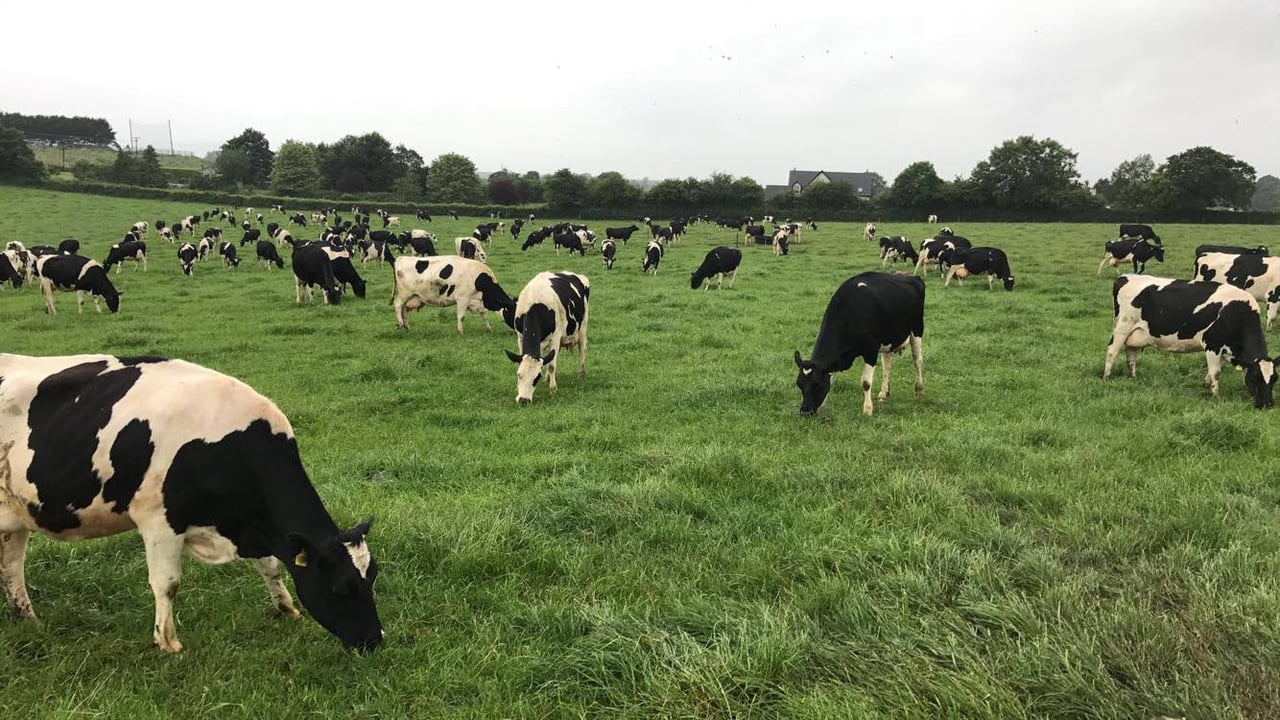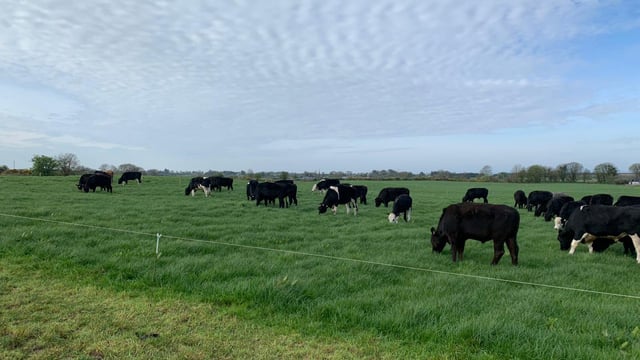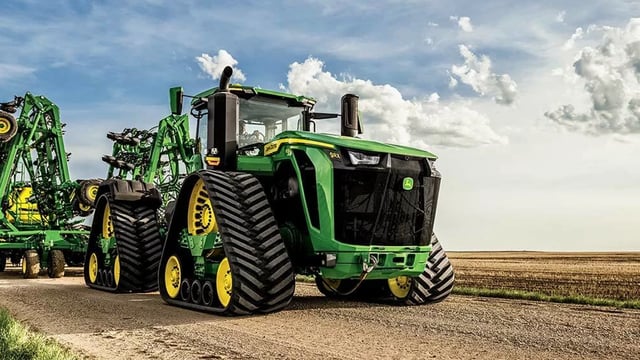The 'catch-22' of taking out paddocks or continuing grazing as is
The talk at the moment amongst farmers is how to go about managing the grazing rotation, as they fear taking out paddocks for bales but also fear staying grazing the rotation as is, as grass quality may get out of control.
The catch-22 is that if farmers decide to take out a paddock for bales, it might put them severely tight on grass if this dry weather persists and if they do not cut for bales and continue grazing, the rotation might extend and deteriorate grass quality and cow performance.
Grass growth has been brilliant over the last two weeks as many farmers went from a grass deficit to a surplus in a matter of days. Many took out paddocks for bales at that stage, which proved to be a great decision in correcting grass quality.
However, as this dry and warm weather continues, there will be a soil moisture deficit for every passing dry day, which has already began to knock growth and will continue to do so.
According to Met Éireann, this dry and sunny weather is set to continue right through the weekend and into next week, with no sign of rain forecasted for the next week.
Soil moisture deficits are expected to range between 30-60mm over the coming week, according to Met Éireann, with the highest deficits expected in Munster, which will result in a corresponding restriction in grass growth.
So, with this weather set to continue for the foreseeable, have farmers missed the chance to take out paddocks for surplus bales or should they work away at it anyway?
Growth rates averaged 70kg of dry matter (DM)/ha/day last week and most farms on Pasturebase Ireland are in a surplus with grass, which may tempt many to take out paddocks for bales.
However, with growth rates inevitably going to drop, it might be best for farmers to continue walking their farm twice weekly to make sure there are a number of paddocks ahead of the cows that are not far off the optimal cover for grazing before making a decision.
You do not want to end up taking out a paddock for bales to be only feeding it back to cows in two weeks' time if there potentially is not enough grass on the farm.
That being said, the situation can easily change again as even though little to no rain is forecasted, some could be on its way in a week to 10 days, which will propel growth rates again.
Taking out a paddocks on very dry farms now could come back to bite the farmer, unless they take it out with urgency and fertilise straight away, making sure to replace the phosphorus and potassium offtakes and/or getting out slurry or soiled water on it.
Counties that are predicted to have less than 55kg of DM/ha/day of growth are Clare, Carlow, Laois, Offaly, Kildare and Kilkenny, and farmers in these areas should definitely consider correcting grass quality through another method.
These farms should plan for a 22-25-day rotation, continue getting out fertiliser as per rotation currently, and continue to walk the farm twice weekly.
Grass quality will not be impacted at a 22-25-day rotation when growth is less than 55kg/DM/day and taking out a paddock to correct quality will not be necessary.
Instead, in order to keep the rotation at 22-25 days, farmers should reduce the amount of meal fed to the cows, as grass is displaced in the diet by 0.5kg of DM/ha at higher feeding rates of 4kg and displaces 0.5kg of grass DM for every 2kg increase in meal thereafter.
Taking out paddocks for bales is a great way of correcting grass quality and is quite often utilised on farms, but farmers should analyse what the predicted growth is in their area before making that decision.
If average farm cover (AFC) is up over 850kg of DM/ha or over 200kg/DM/ livestock unit (LU), then some removal of this surplus grass may need to be carried out to ensure cows do not go back in their milk and stay grazing lush covers.
Remember, we are not in a drought period and there is still a bit of moisture in the ground, so farmers need to stay monitoring the situation closely, plan ahead, and keep an eye on their farm cover and the predicted growth.




